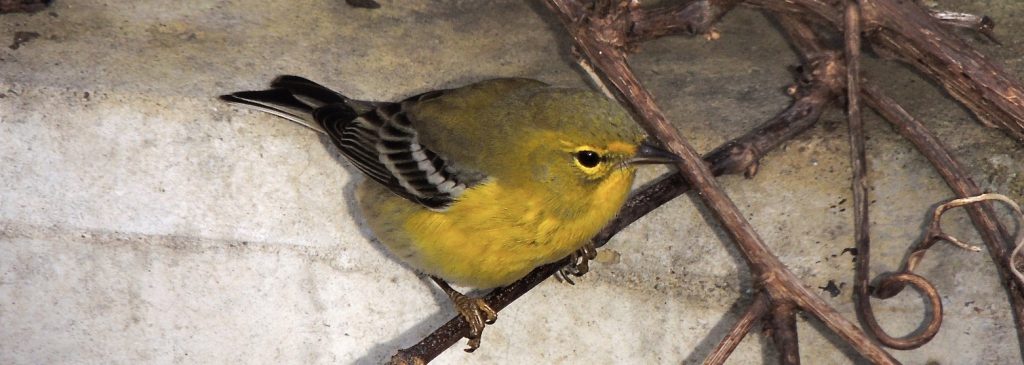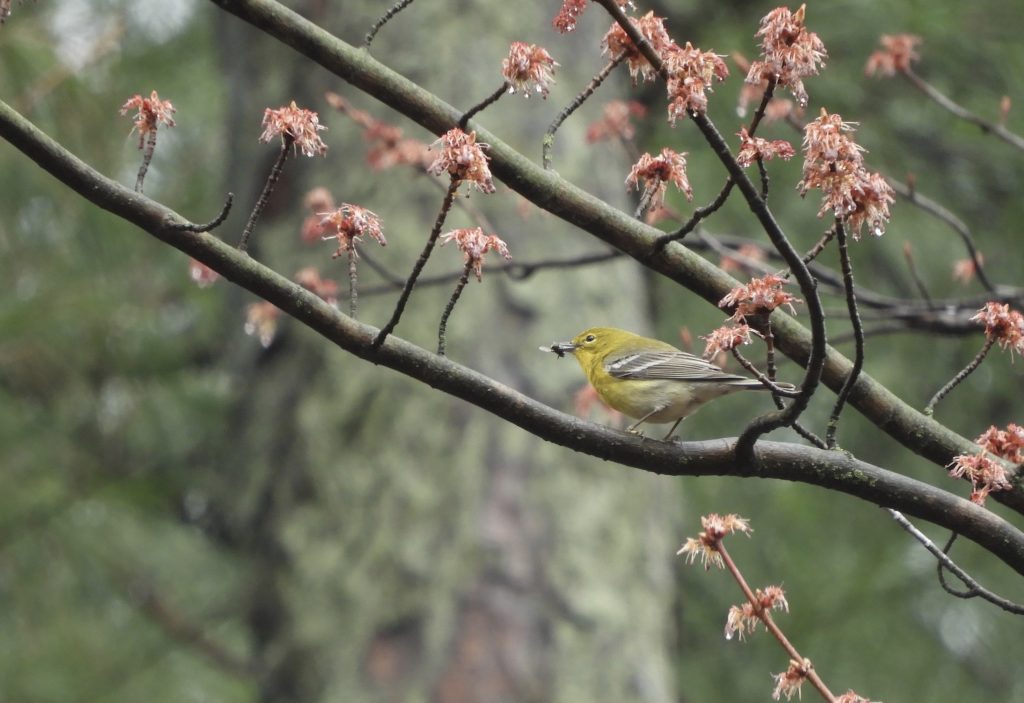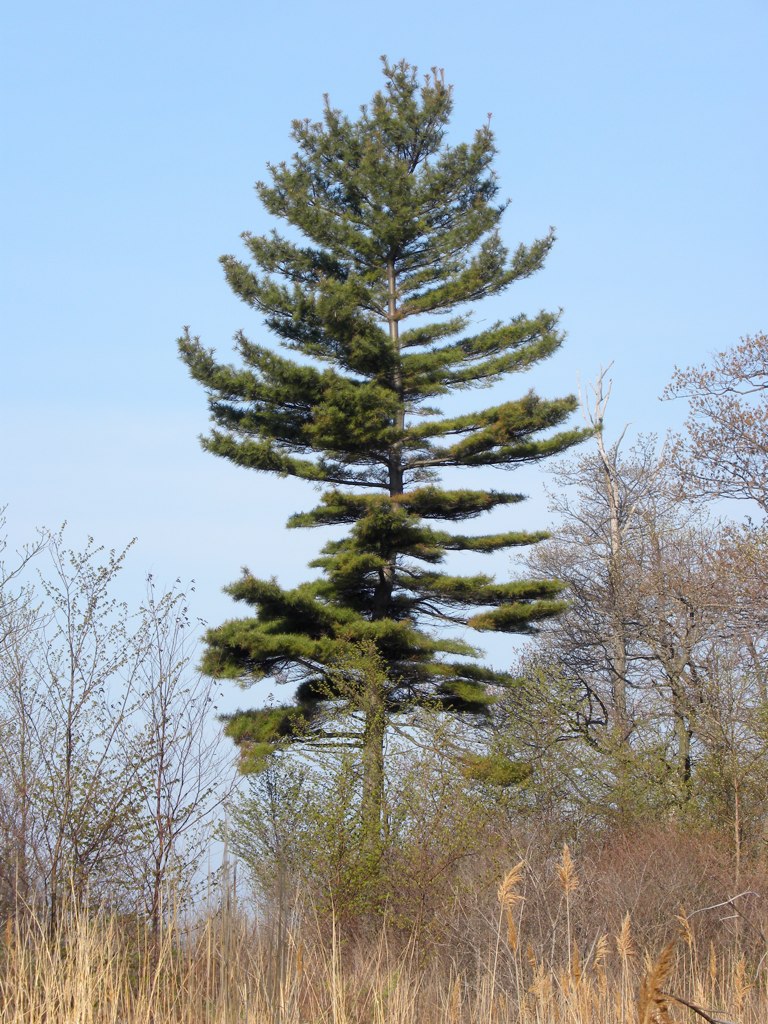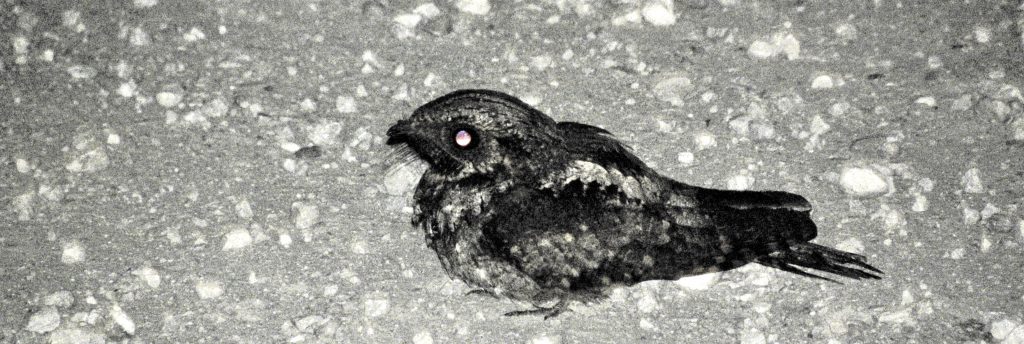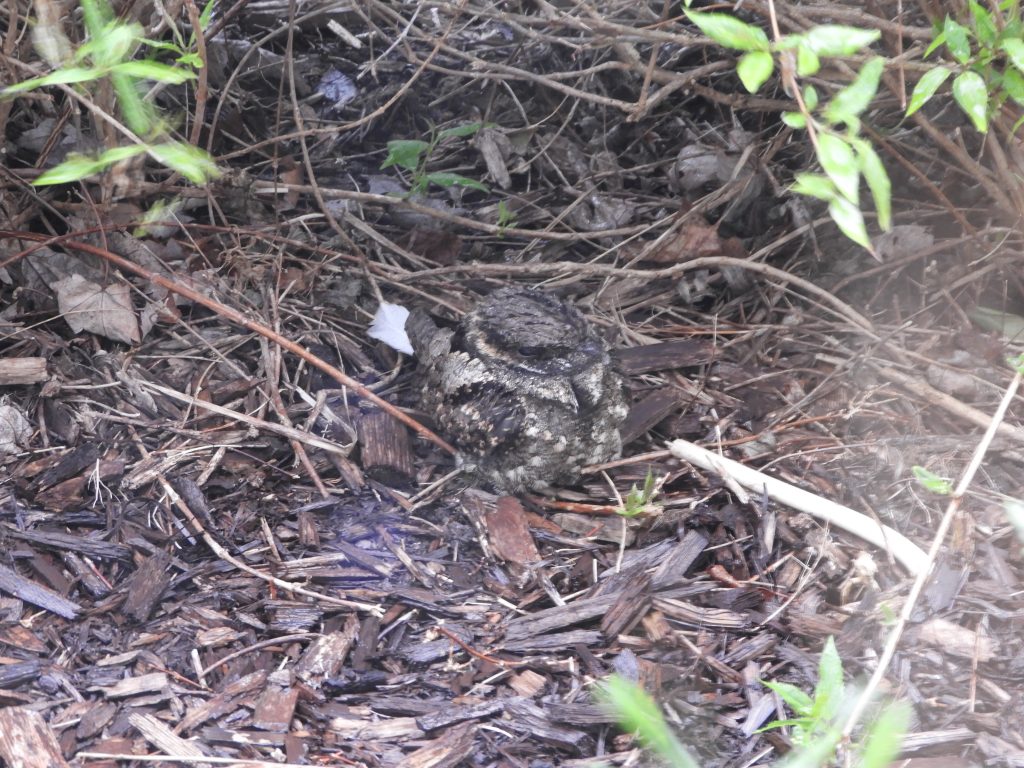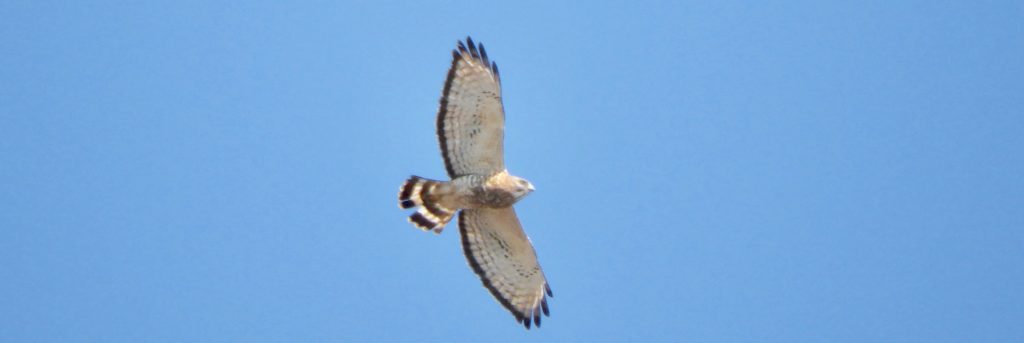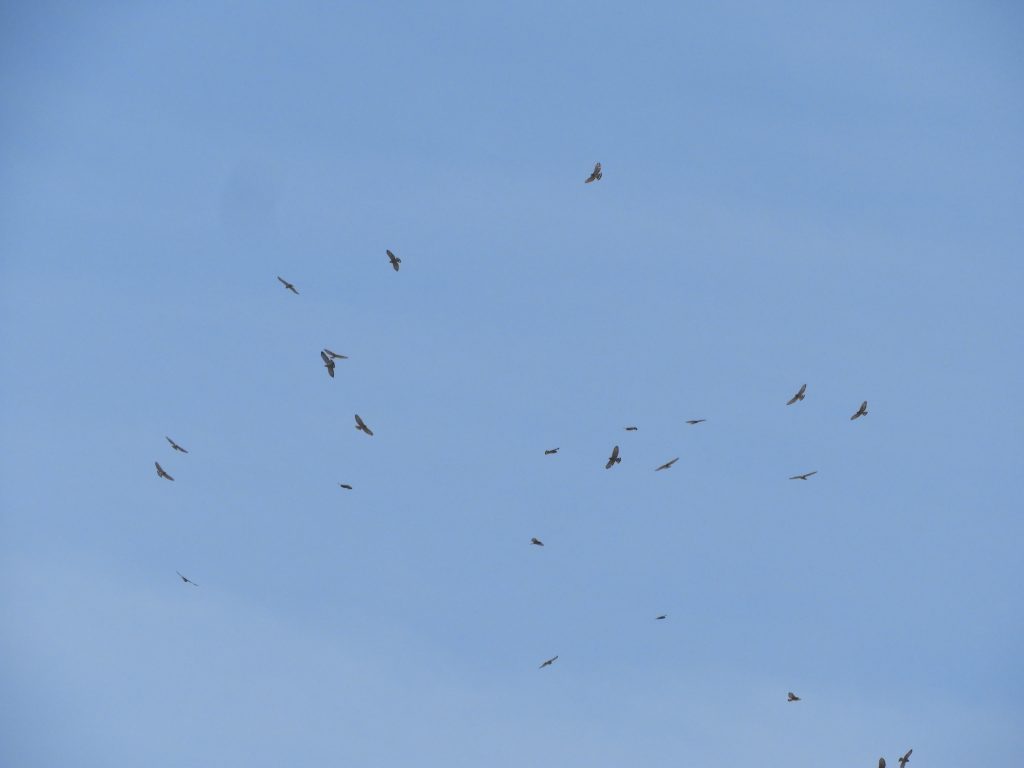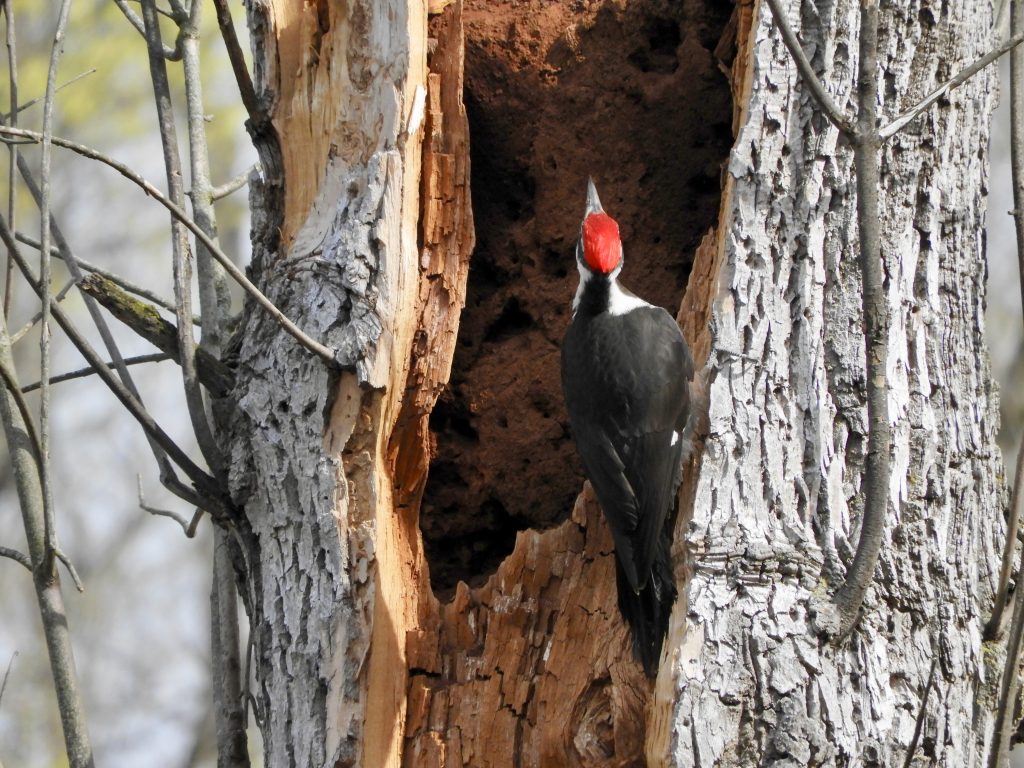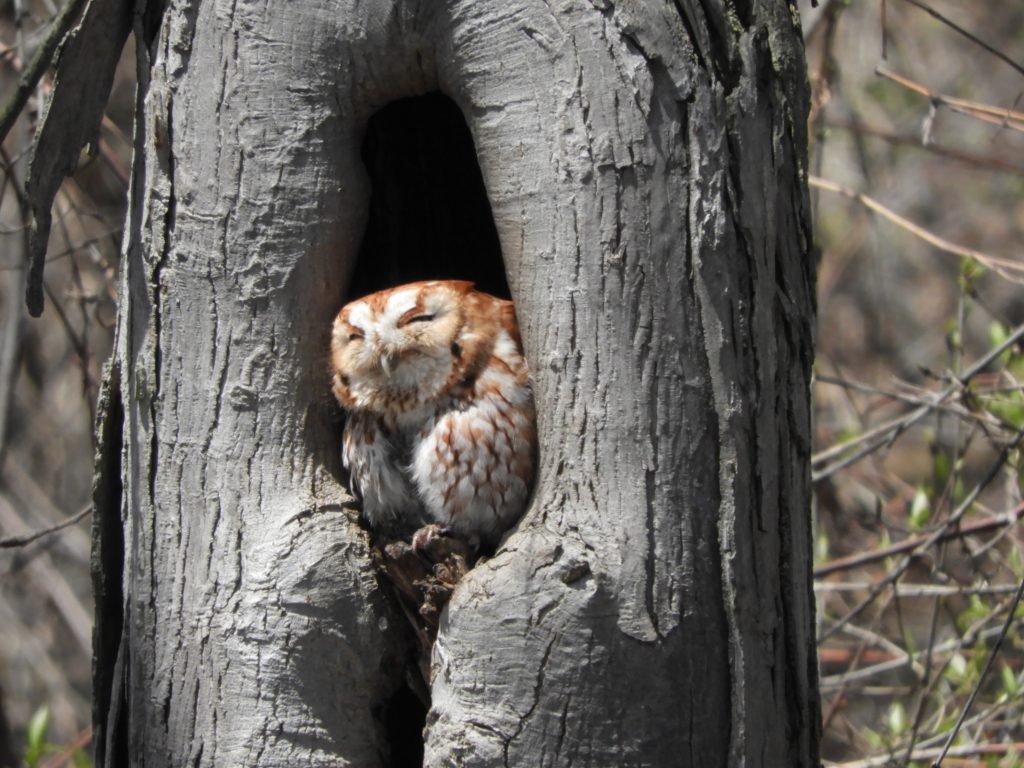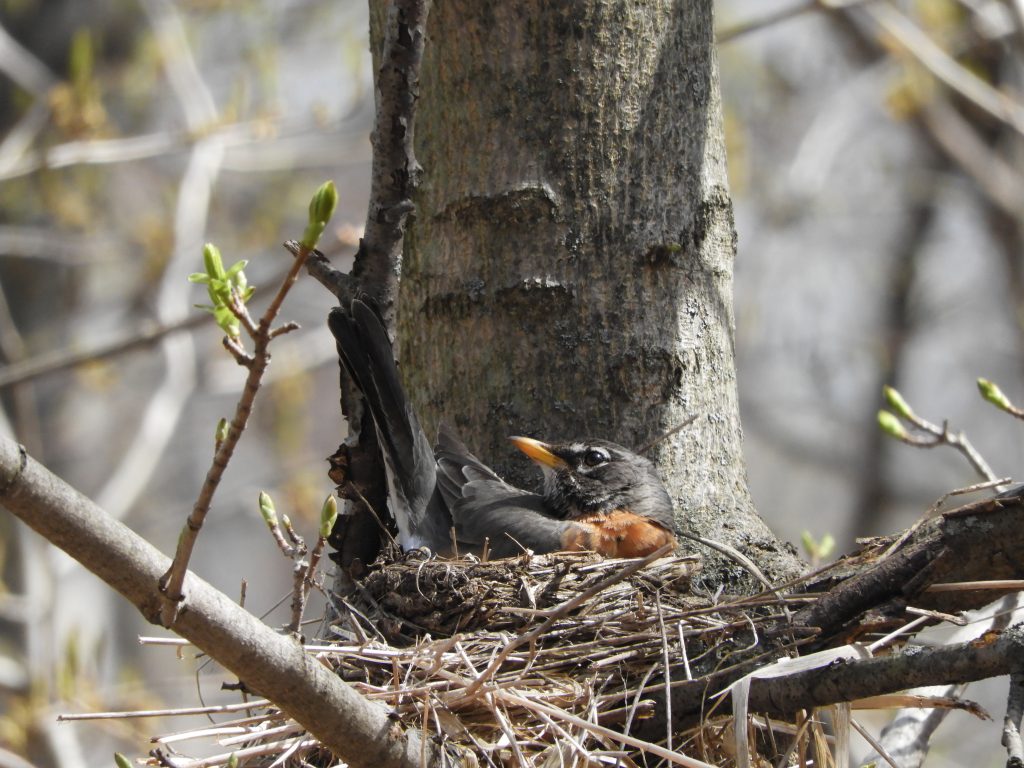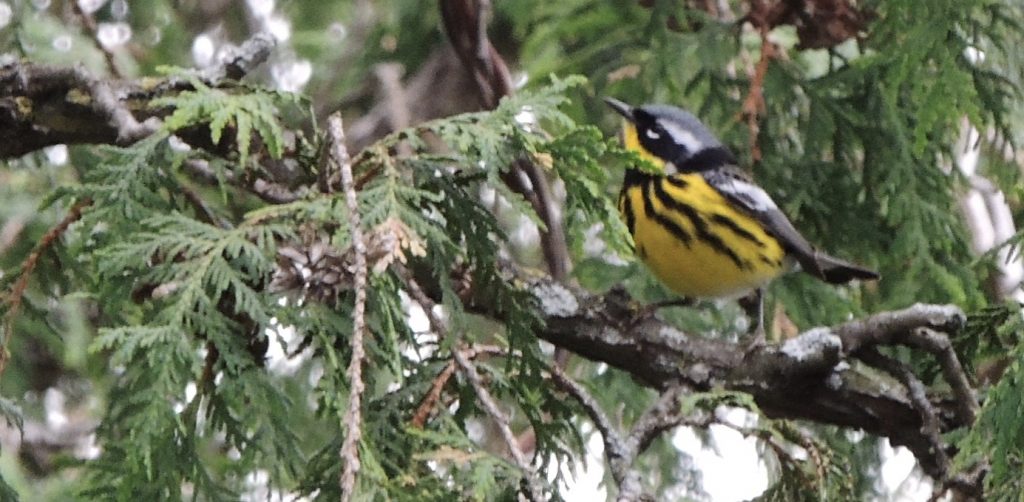 Westdale, Hamilton. ON. May 13 2023. This morning I led a group of modestly experienced birders on a walk on what is arguably the best and busiest day of the year for new neo-tropical migrants, New World warblers in particular.
Westdale, Hamilton. ON. May 13 2023. This morning I led a group of modestly experienced birders on a walk on what is arguably the best and busiest day of the year for new neo-tropical migrants, New World warblers in particular.
We followed a well-used loop of trails wandering first along a shoreline and then up through hardwood forest. There were almost too many birds and too much bird-song to sort through, certainly my note-taking couldn’t keep up.
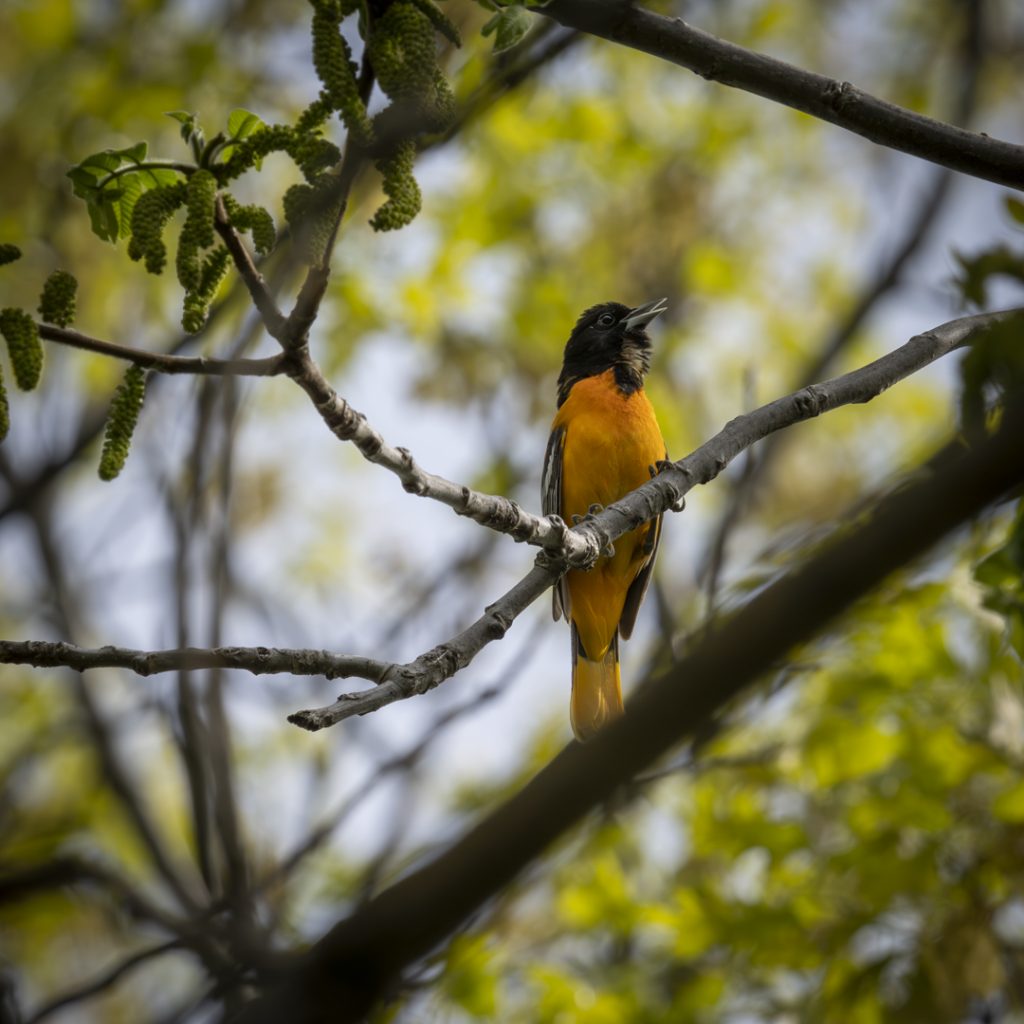
Countless Baltimore Orioles, had arrived overnight, cleared customs and were now singing loudly to let everyone know. Yellow Warblers who’d beat them to it by a few days, were already on territory declaring their planned summer home in song: ‘Sweet-sweet shredded wheat’; and all around us in the treetops were Warbling Vireos ,one of my favourites birds of summer. They sing all day, a long sweetly cascading song that I’ve heard described as: ‘If I sees you I will squeeze you and I’ll squeeze you til you hurt’, a little preposterous but accurate if taken with a pinch.
My companions lapped up the sights and sounds as we went along, I was equally intrigued by some less eye-and-ear-popping oddities, for example four Canvasbacks far out on the lake. To my mind they are ducks of winter or early spring and should have been long gone, west and much further north to breed. Checking local resources, I learned that while most have left by the end of April, each year one or two birds choose to remain. There’s no end to the learning in this game.
Approaching a turning point in our walk I could hear a Rose-breasted Grosbeak singing, we located it with difficulty and my companions managed a fleeting glimpse of one our most striking birds, I know they were thrilled, but what they didn’t see, because it was there and gone in a flash was a Cape May Warbler; now I was thrilled.
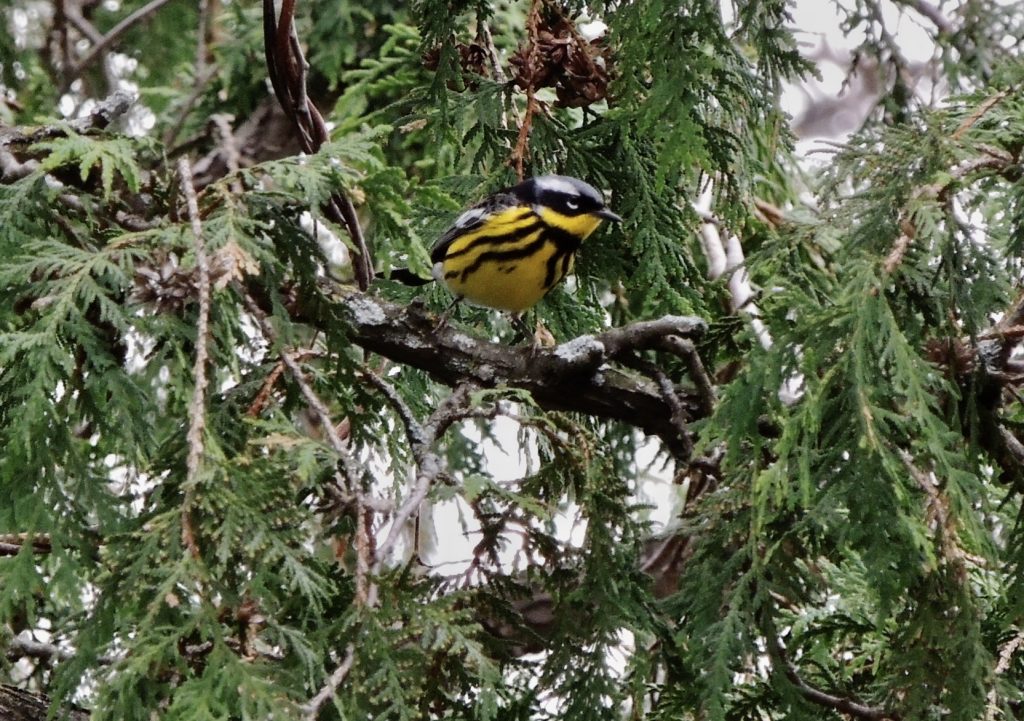
Perhaps most arresting and definitely My Bird of the Day was a briefly glimpsed Magnolia Warbler. A male in brilliant breeding colour: black, white, slate grey and buttercup yellow. It made a brief full-frontal appearance and positively glowed against a dark leafy background. It was too quick for any of us to get an acceptable photo, but this one from several years ago gives you the idea. Although I’d been thrilled by the Cape May Warbler I was now intoxicated by this Magnolia Warbler.
 Safari Rd. Flamborough. ON. May 4 2023. There’s a large marsh not far from home that took a beating when the local council decided it was in the way of commerce and would be better off crossed by a road. I think that for locals it was not a bad voter-return on investment. The trouble is that the water level in the marsh fluctuates, sometimes to extremes with spring being the wettest time and I suspect the road base is slumping a bit. A wet spring like this year’s inevitably floods the road and it is now closed. Which is fine by me, because today in the absence of traffic I was able to walk that stretch of road to look and listen for the many, usually inaccessible, marsh birds.
Safari Rd. Flamborough. ON. May 4 2023. There’s a large marsh not far from home that took a beating when the local council decided it was in the way of commerce and would be better off crossed by a road. I think that for locals it was not a bad voter-return on investment. The trouble is that the water level in the marsh fluctuates, sometimes to extremes with spring being the wettest time and I suspect the road base is slumping a bit. A wet spring like this year’s inevitably floods the road and it is now closed. Which is fine by me, because today in the absence of traffic I was able to walk that stretch of road to look and listen for the many, usually inaccessible, marsh birds.

